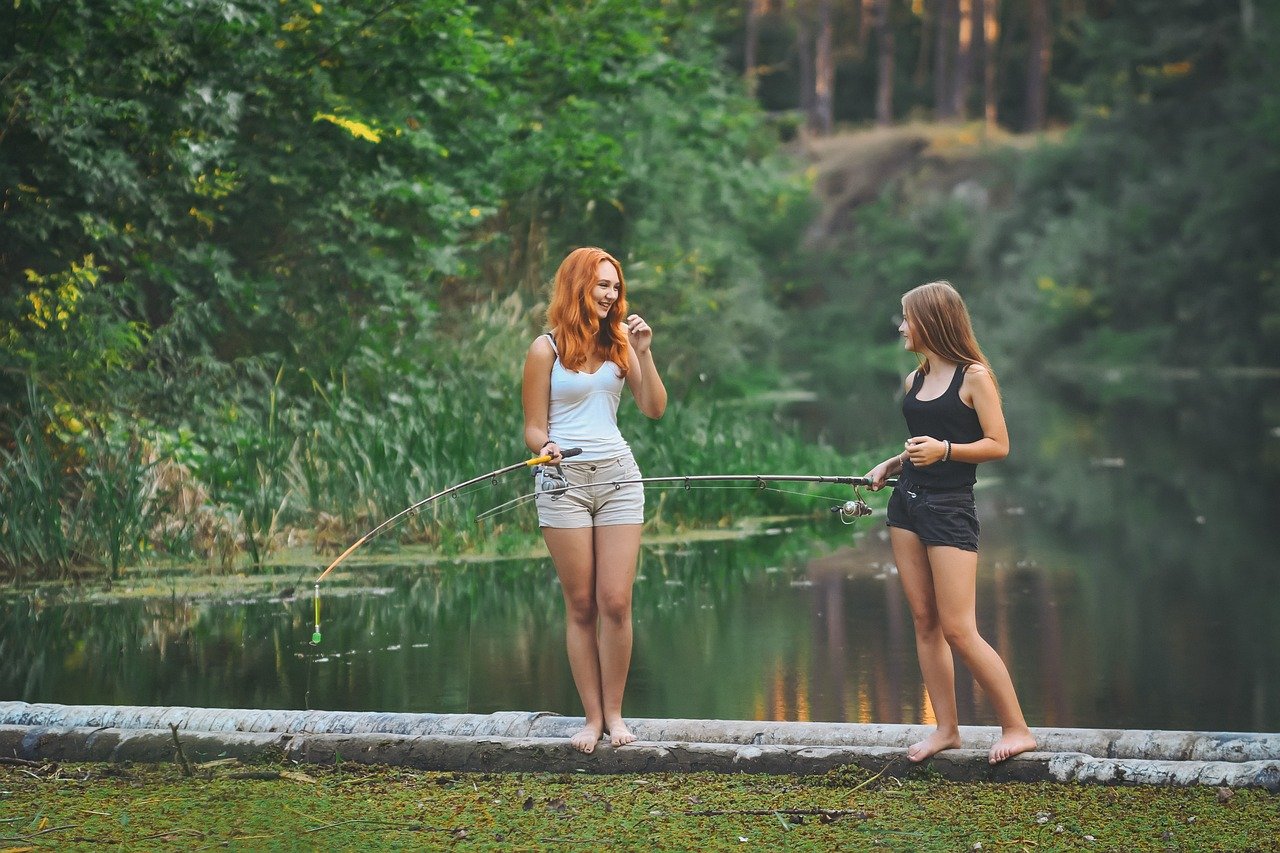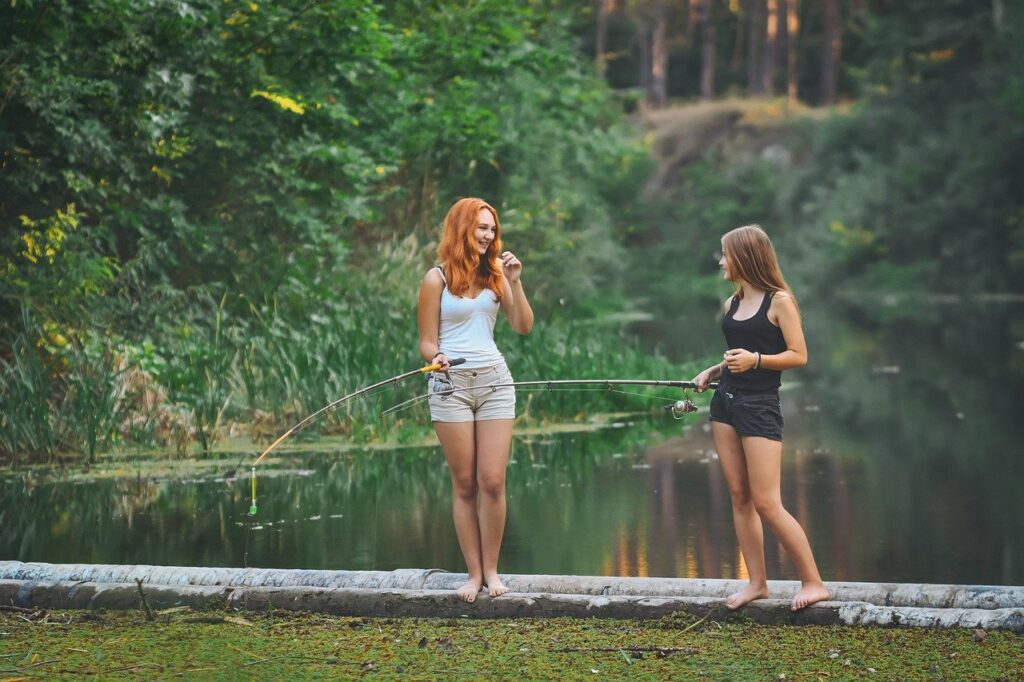
Today, I’m going to show you just how easy it is to tie a clinch knot for all your fishing needs. By following these simple steps, you’ll become a pro at securing your hooks and lures in no time. Whether you’re a beginner or just need a refresher, this quick guide will have you tying clinch knots like a seasoned angler in no time. So grab your fishing line and let’s get started!
How Do I Tie A Clinch Knot?
Have you ever found yourself in a situation where you needed to tie a secure knot but didn’t know where to start? If you’re new to fishing or any other activity that requires knot tying, the clinch knot is a fundamental skill to have in your arsenal. In this article, I’ll guide you through the step-by-step process of tying a clinch knot, so you can confidently tackle any knot-tying task that comes your way.
What is a Clinch Knot?
Before we dive into the tying process, let’s first understand what a clinch knot is. The clinch knot is a popular and reliable knot used in fishing to secure a hook or lure to the fishing line. It is known for its strength and simplicity, making it a go-to knot for many anglers. Whether you’re a beginner or an experienced angler, mastering the clinch knot is essential for a successful fishing expedition.
The beauty of the clinch knot lies in its versatility – it can be used with various types of fishing lines and is suitable for both monofilament and braided lines. By learning how to tie a clinch knot, you’ll be able to tackle different fishing scenarios with ease.
Materials Needed
Before you start tying your clinch knot, gather the following materials:
- Fishing line
- Hook or lure
Make sure you have a firm grip on the fishing line and plenty of patience as you practice tying the clinch knot. With a bit of practice, you’ll become a pro at tying this essential fishing knot.

Step-by-Step Guide to Tying a Clinch Knot
Now that you’re familiar with the basics, let’s get into the nitty-gritty of tying a clinch knot. Follow these simple steps to master the art of securing your hook or lure with a clinch knot:
-
Pass the Line Through the Eye of the Hook: Start by passing the end of the fishing line through the eye of the hook. Make sure to leave a few inches of line to work with.
-
Twist the Line: Hold the tag end of the line and twist it around the mainline 5-7 times. The number of twists may vary depending on the strength of the line you’re using.
-
Thread the Tag End Through the Loop: After making the twists, thread the tag end of the line through the loop formed near the eye of the hook.
-
Moisten the Knot: Before pulling the knot tight, moisten it with water or saliva to reduce friction and ensure a secure hold.
-
Tighten the Knot: Hold the hook and the mainline firmly and pull the tag end of the line to tighten the knot. Make sure the coils are neatly stacked to prevent slippage.
-
Trim the Excess: Once the knot is secure, trim the excess tag end of the line with scissors or a line cutter. Leave a small tag to prevent the knot from coming undone.
Congratulations! You’ve successfully tied a clinch knot. Practice this process several times to perfect your technique and ensure that your knots are strong and reliable.
Tips for Tying a Perfect Clinch Knot
While the steps may seem straightforward, mastering the clinch knot requires patience and practice. Here are some additional tips to help you tie a perfect clinch knot every time:
-
Practice Makes Perfect: Don’t be discouraged if your first few attempts don’t turn out as expected. Like any skill, knot tying takes practice, so keep at it until you feel confident in your abilities.
-
Check for Proper Alignment: Ensure that the coils of the knot are neatly stacked and aligned to prevent slippage. A properly tied clinch knot should hold tight under pressure.
-
Trim Excess Line Carefully: When trimming the excess tag end of the line, leave a small tag to prevent the knot from unraveling. Be careful not to cut too close to the knot, as this can weaken its hold.
By incorporating these tips into your knot-tying routine, you’ll soon become proficient at tying a perfect clinch knot every time. Practice on different types of fishing lines to adapt your technique to various fishing scenarios.

Common Mistakes to Avoid
As you practice tying the clinch knot, be mindful of common mistakes that can compromise the knot’s strength and durability. Understanding these pitfalls will help you avoid making errors that could result in lost catches or broken lines.
-
Insufficient Number of Twists: One of the most common mistakes anglers make is using too few twists when tying the clinch knot. Ensure that you make 5-7 twists to create a strong and secure knot.
-
Failure to Moisturize the Knot: Not moistening the knot before tightening it can lead to increased friction and weaken the knot’s hold. Always moisten the knot with water or saliva to prevent damage to your fishing line.
-
Uneven Coils: If the coils of your clinch knot are uneven or overlapping, the knot may be prone to slipping or failing under pressure. Take your time to ensure that the coils are neatly stacked before tightening the knot.
-
Cutting the Tag End Too Short: When trimming the excess tag end of the line, leave a small tag to prevent the knot from coming undone. Cutting the tag end too short can compromise the knot’s integrity and lead to unraveling.
By being aware of these common mistakes and taking the necessary precautions, you’ll be able to tie a strong and reliable clinch knot that will withstand the rigors of fishing.
Alternative Uses for the Clinch Knot
While the clinch knot is primarily used in fishing to secure hooks and lures, this versatile knot has other practical applications as well. Here are a few alternative uses for the clinch knot that you may find handy in different situations:
-
Tying Down Gear: The clinch knot can be used to secure gear and equipment when camping, hiking, or engaging in other outdoor activities. Its strength and reliability make it a valuable knot for keeping your belongings secure.
-
Securing Tarps or Shelter: If you find yourself in need of a quick and sturdy way to secure a tarp or shelter, the clinch knot can come in handy. Use it to fasten ropes or cords to anchor points for added stability.
-
Repairing Clothing or Gear: In a pinch, the clinch knot can be used to repair torn clothing or gear by tying off loose threads or straps. Its secure hold will keep your items in place until you can make more permanent repairs.
By exploring these alternative uses for the clinch knot, you’ll discover the versatility of this simple yet effective knot. Keep it in your knot-tying repertoire for a range of practical applications beyond fishing.

Final Thoughts
Congratulations, you’re now equipped with the knowledge and skills to confidently tie a clinch knot for your next fishing expedition or outdoor adventure. Remember to practice regularly to perfect your technique and ensure that your knots are strong and reliable.
Whether you’re a beginner angler or a seasoned pro, mastering the art of knot tying is an essential skill that will serve you well in various situations. The clinch knot’s simplicity and strength make it a valuable addition to your knot-tying repertoire, so don’t hesitate to practice and perfect your technique.
With patience, practice, and a bit of determination, you’ll soon be tying perfect clinch knots with ease. So, grab your fishing line and hooks, and start practicing your knot-tying skills today. Happy fishing!